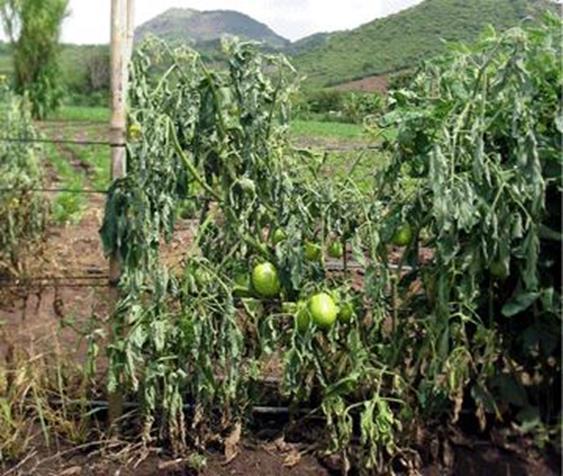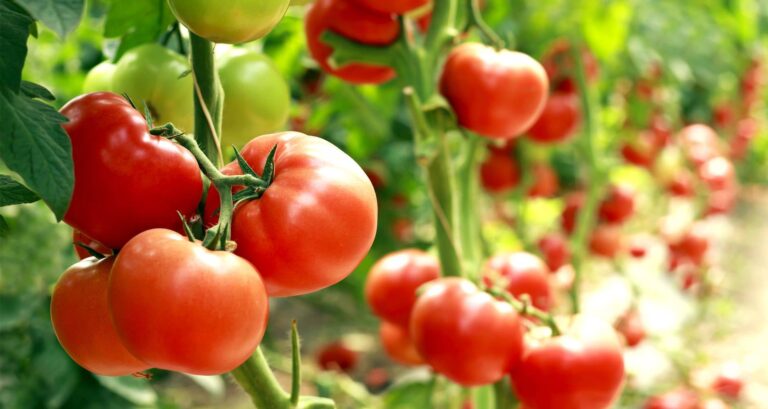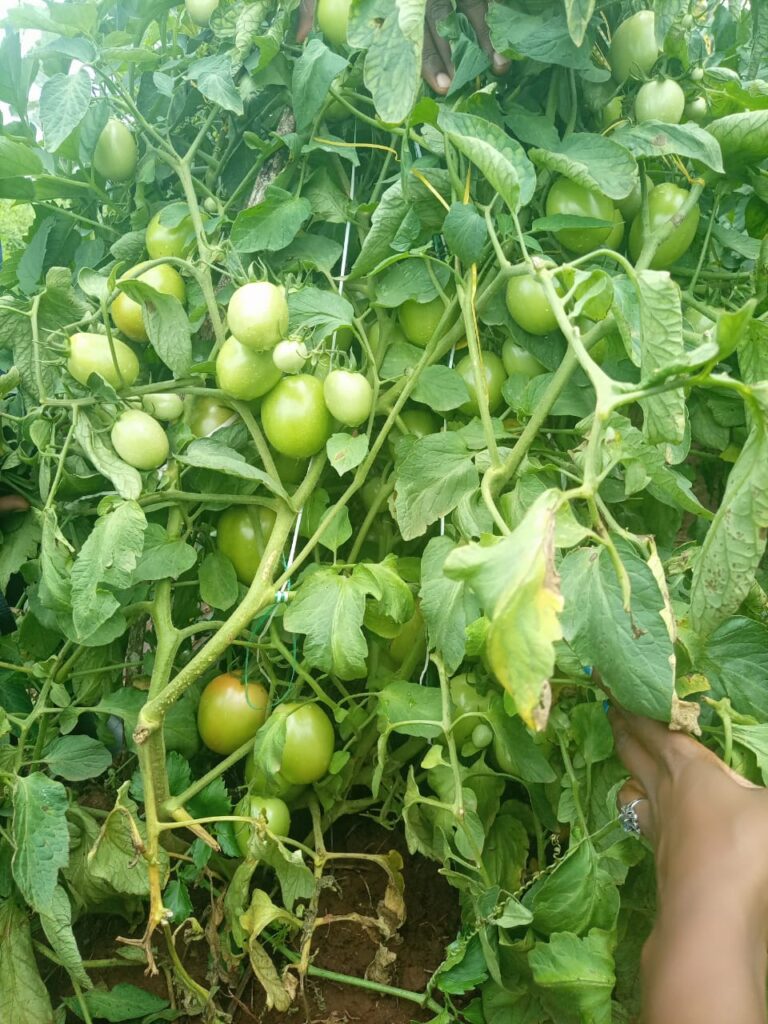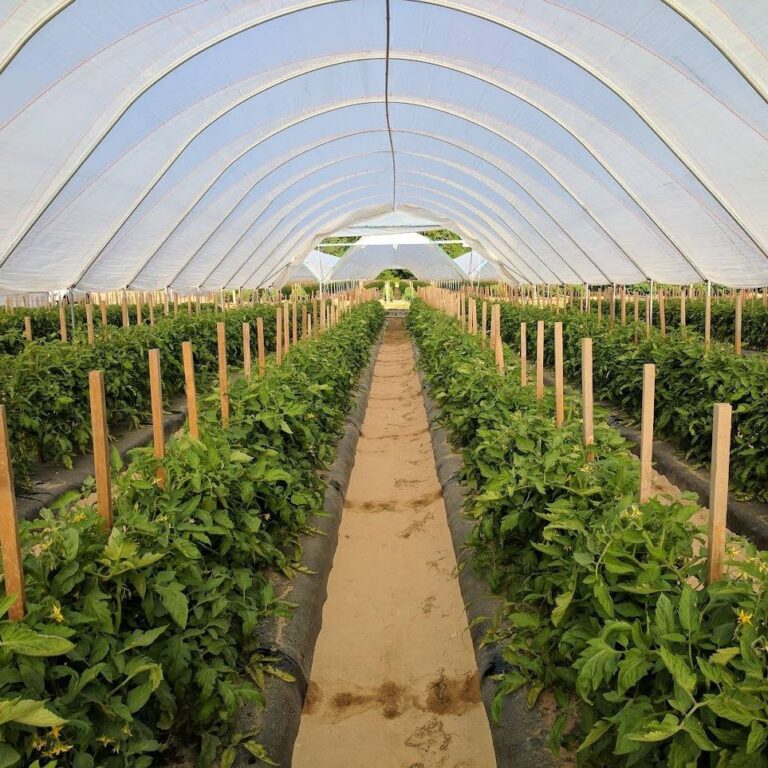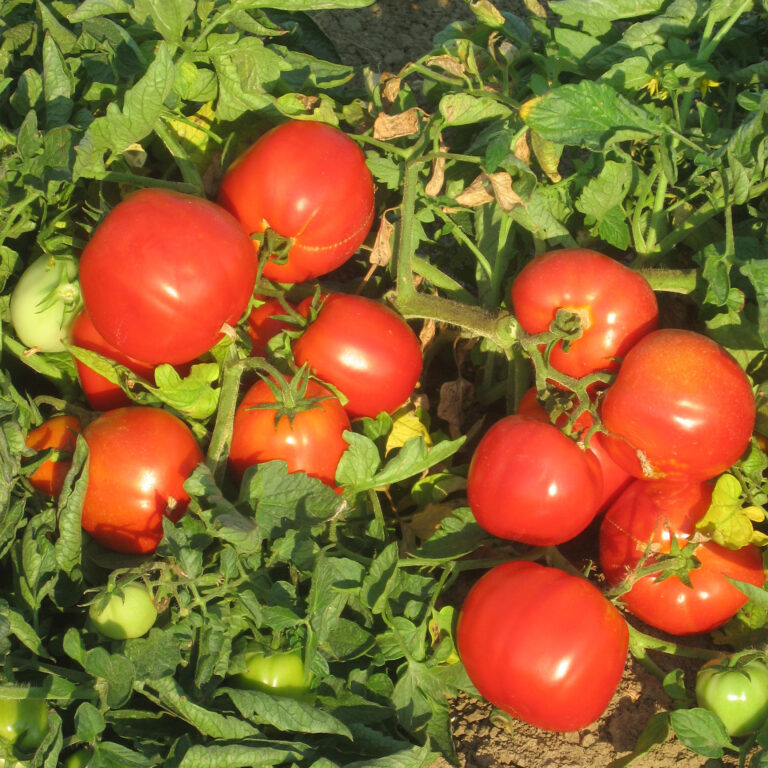Chemical Control Of Bacterial Wilt In Tomatoes In Kenya
Bacterial diseases have no known chemical cure. However, the use of Copper based fungicides has been found to suppress further spread of the disease in the field.
That said, Bactericides (copper) and antibiotics (streptomycin, ampicillin, tetracycline and penicillin) have shown little efficiency in suppressing Ralstonia solanacearum, the causal agent of bacterial wilt, in the field.
These chemical control methods are also environmentally destructive and fairly expensive to apply.As a result, a combination of diverse control methods is recommended for managing bacterial wilt of tomato in locations where the pathogen is established. This integrated pest management approach should include:
- Host resistance: Using resistant or moderately resistant tomato cultivars, can provide some level of bacterial wilt control. Planting tolerant tomato varieties such as Ansal F1, Kilele F1, or Zara F1 from reliable nurseries helps mitigate bacterial wilt risks
- Cultural practices: Practices like crop rotation, cover cropping, weed control, soil pH adjustment, and proper irrigation management can help reduce R. solanacearum populations in the field. Immediate removal and burning of infected plants, along with disinfection of farm tools, are crucial for disease management.
- Biological control: The use of antagonistic microorganisms as biocontrol agents has shown promising results at the experimental scale, but needs further validation.
- Chemical control: Soil fumigation with chloropicrin or application of phosphorous acid can provide limited success, but should be integrated with other control methods to avoid pathogen resistance.
An integrated approach combining host resistance, cultural practices, and potentially biological control would be a more appropriate strategy in Kenya as well.

Difference Between Bacterial Wilt And Fusarium Wilt Of Tomato
Bacterial wilt and fusarium wilt are two distinct diseases affecting tomato plants. Here are the key differences:
Bacterial Wilt
- Caused by: The soil-borne bacterium Ralstonia solanacearum (formerly known as Pseudomonas solanacearum).
- Symptoms:
- Wilting of leaves and stems, often starting from the top of the plant.
- Leaves tend to remain green even as the plant wilts.
- A milky, slimy ooze can be observed when a cut section of the stem is suspended in water.
- Brown discoloration and decay inside the stems.
- Spread:
- Through contaminated irrigation water, equipment, soil, and infected plant materials.
- Can spread easily through water movement to adjacent plants.
- Control:
- Planting resistant or tolerant cultivars.
- Crop rotation to reduce bacterial buildup in soil.
- Proper hygiene in farm equipment.
- Avoiding low wet areas prone to the disease.
- Uprooting and destroying infected plants.
- Using copper-based fungicides to minimize spread.
Fusarium Wilt
- Caused by: The soil-borne fungus Fusarium oxysporum.
- Symptoms:
- Wilting of leaves and stems, often starting from the bottom of the plant.
- Leaves may turn yellow and wilt.
- Browning of vascular tissue when the stem is scraped or split lengthwise.
- Pith (tissue in the middle of the stem) remains healthy.
- Spread:
- Through soil, often persisting for years even without host plants.
- Can be introduced through infected transplants or soil.
- Control:
- Growing resistant or moderately resistant cultivars.
- Crop rotation to reduce fungal buildup in soil.
- Pulling up and discarding infected plants.
- Sterilizing plant growing equipment and supplies.
- Avoiding wet spots and building raised beds for better drainage.
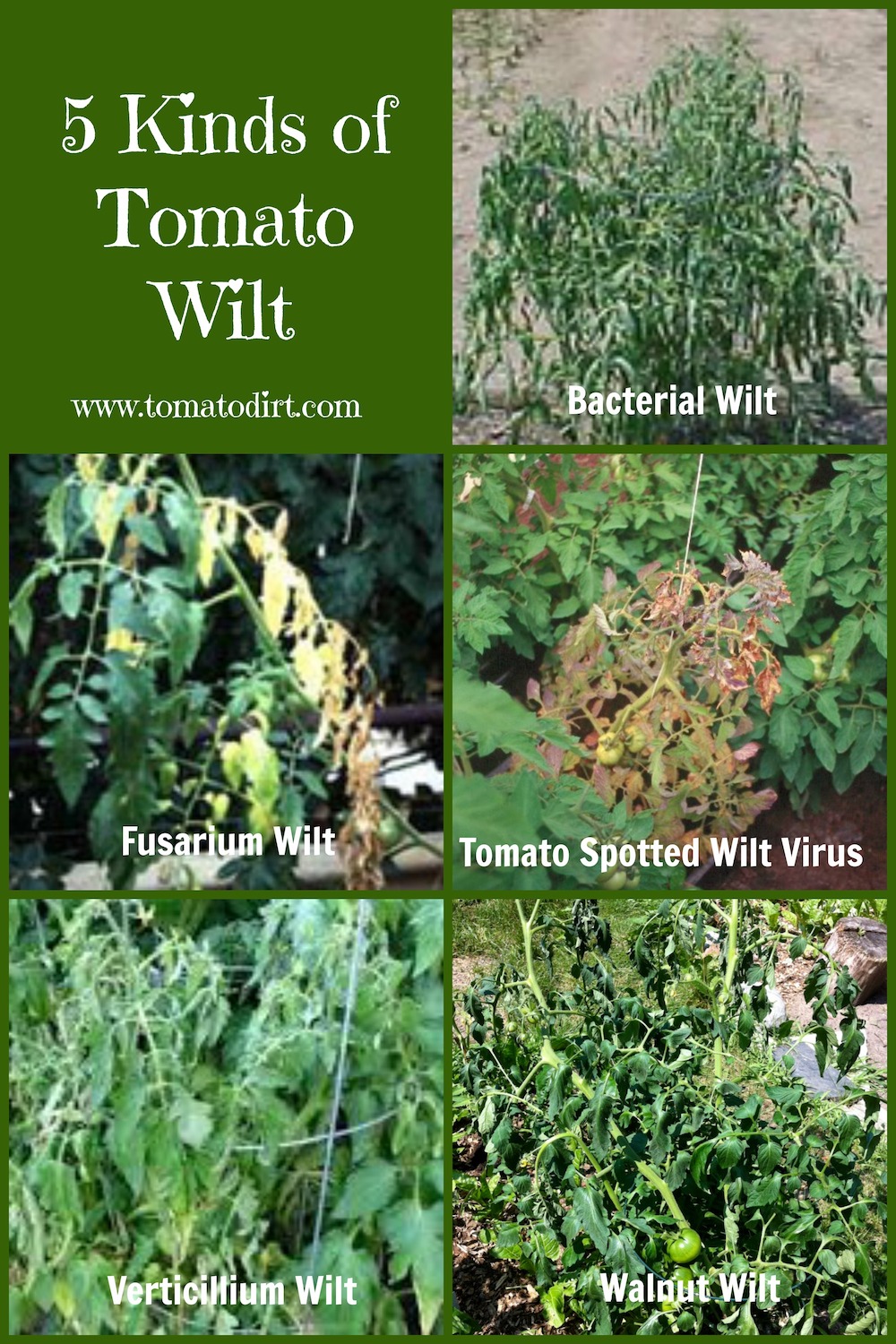
In summary, bacterial wilt is caused by a bacterium and typically starts from the top of the plant, while fusarium wilt is caused by a fungus and typically starts from the bottom of the plant. The symptoms and methods of control differ between the two diseases.
